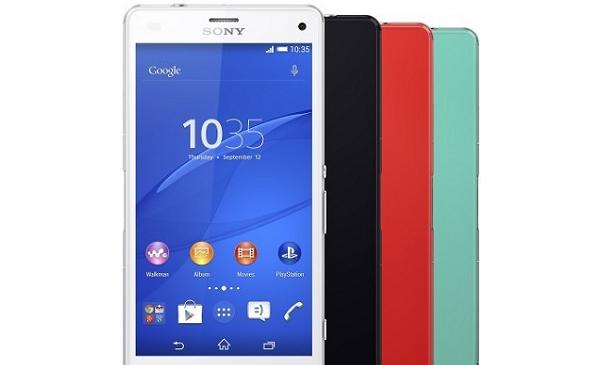Last Updated on September 12, 2022 by Mathew Diekhake
Everything starts to creep in once the bootloader on an Android device gets unlocked. If you have unlocked the bootloader on your Sony Xperia E3, now is a chance for you to install a custom recovery on your device.
A custom recovery will let you root your device which in turn lets you enjoy many of the root-requiring apps on your device. If that is what you were looking for, here’s how you can go about installing CWM custom recovery on your Sony Xperia E3:

Files You Need
- Your bootloader must be unlocked before you can do the following tutorial. Please refer to our how to unlock the bootloader on the Sony Xperia E3 tutorial to learn how you can unlock your bootloader.
- Download Minimal ADB Setup to your computer. It’ll be used to issue various commands to your device.
- Download the appropriate CWM Recovery for your device:
Installing a Custom Recovery on the Sony Xperia E3
1. Rename the CWM Recovery Image to recovery.img.
2. Extract files from Minimal ADB Setup to your computer by right-clicking on it and selecting Extract here.
3. Plug in your device to your computer holding down the Volume UP key.
4. Launch a CMD Window in the folder where ADB and Recovery files are located. To do that, hold down Shift on your keyboard and right-click anywhere on your screen and select Open command window here.
5. Type in the following command into the CMD window and press Enter:
fastboot flash recovery recovery.img
6. It should install the CWM Recovery on your device.
7. Wait for it to install the recovery on your device.
8. When it’s done installing the recovery, issue the following command to reboot your device:
fastboot reboot
9. Your device should reboot.
10. You’re done.
And there you go.
You now have a working custom recovery on your Sony Xperia E3 that should allow you to flash the SuperSU zip to gain root-access on the device. You can follow our how to root the Sony Xperia E3 running on Android 4.4.2 KitKat tutorial to learn the full procedure to root your device.
Moreover, those wishing to get in the new custom recovery right away can find out how to boot the Sony Xperia E3 smartphone into the custom recovery mode.
Installing a custom recovery and rooting the Android operating system are both what we classify as customizing a device but apart from that they do not have much in common, and people install them for very different reasons. People install custom recoveries when they want to install custom ROMs or custom kernels or perhaps even just take NANDroid backups—although taking an NANDroid backup is mostly intended for the people flashing new ROMs because they need to wipe the ROM clean between each flash. Root access, on the other hand, is with regards to the stock version of Android that is running on the device right now and what you can do with it. Rooting is always done to install root applications and to make you logged into the root user account which always exists in Android but is usually taken away from us. Now don’t get all that confused with the fact that you can have root access when running a custom ROM because you can do that too. However, rooting your device is not required to install a custom ROM. The only time people want root access when wanting a custom ROM is if they plan on installing a root app like the ROM Manager app which helps the install the ROMs and gives them the information they need. But, that is not the standard way of installing the ROM. All you need is the ROM file usually found at the XDA-Develeprs web forum and then you can flash it from the custom recovery image.
